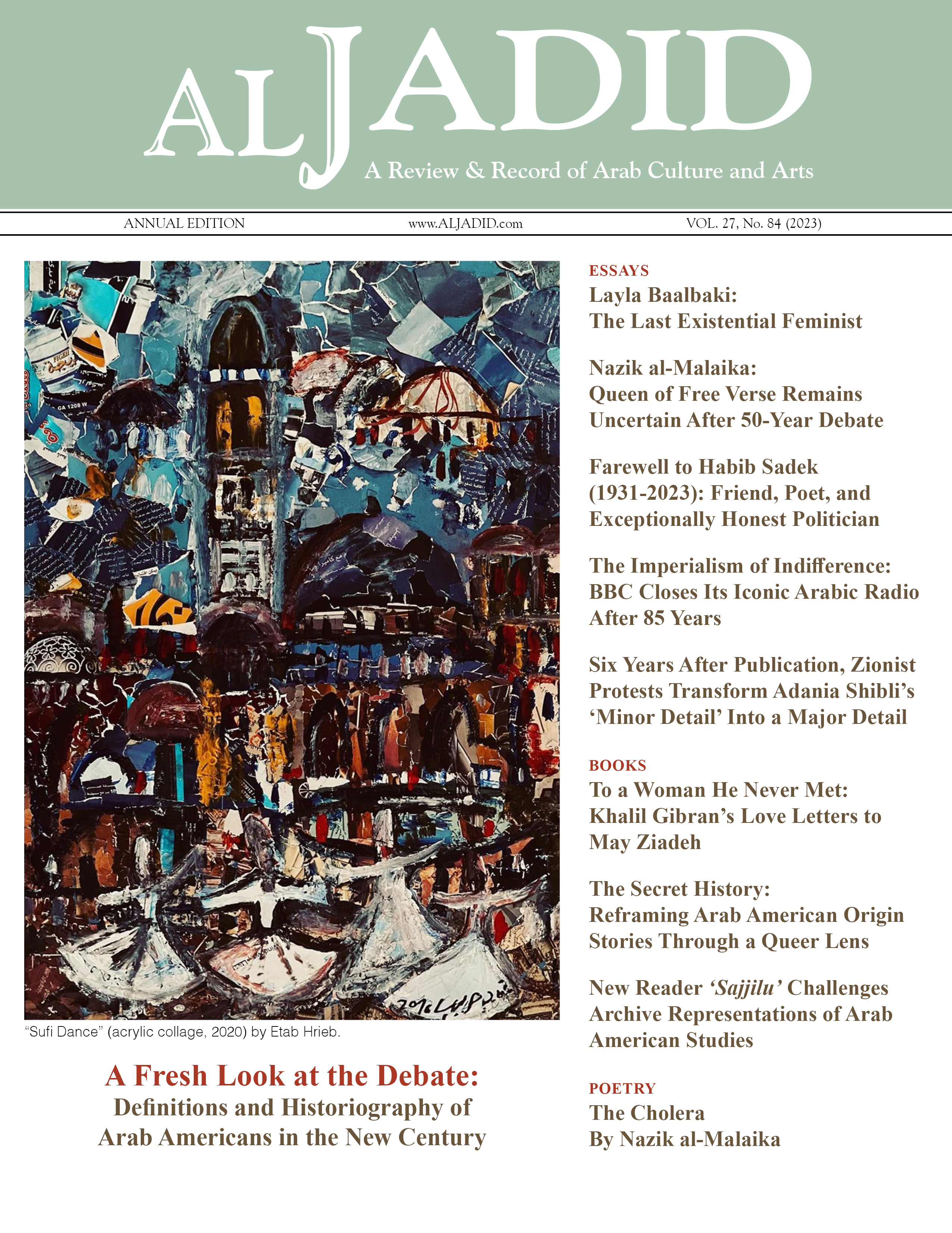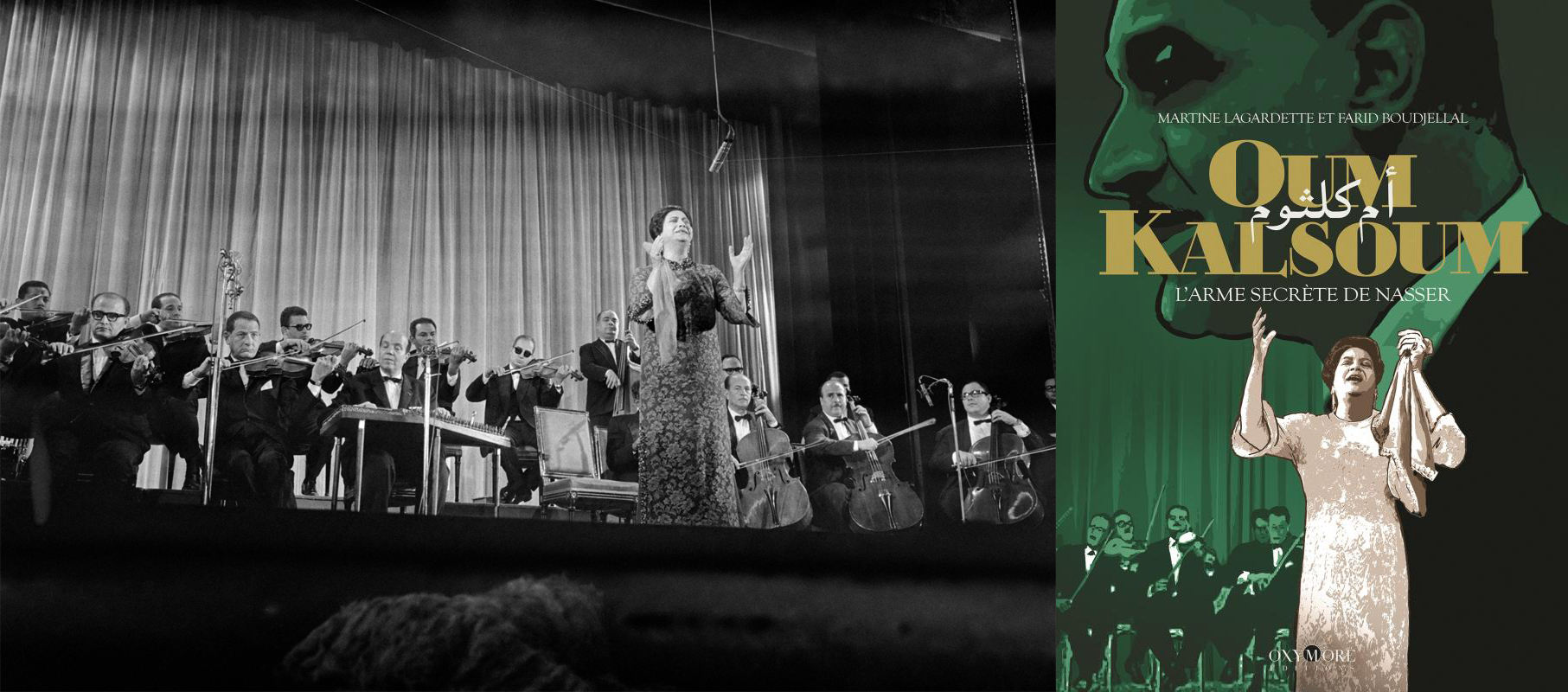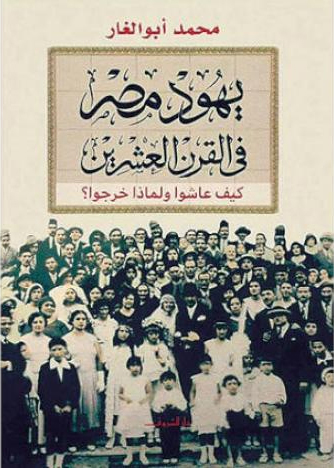
Plot Twist Ties up Distribution of Controversial Arab “Life Smuggling” Film
Egyptian filmmaker Mohamed Diab’s 2019 “Amira” faced a storm of social media backlash following accusations that the film belittles the Palestinian struggle. Diab — director of the well-received “Cairo 678” (2010) and “Clash” (2016) — has pulled the film from any future screenings, including Saudi Arabia’s Red Sea Film Festival. This decision comes after Jordan’s Royal Film Commission ultimately withdrew “Amira” as its entry as the Oscar’s 2022 Best Foreign Film.
Poet, Publisher, Painter, and Patron of the Arts: Remembering the Extraordinary Etel Adnan (1925-2021)
Lebanese-American writer Etel Adnan, beloved by many for her ‘meditative’ voice and colorful language in writing, passed away on November 14 in Paris at 96, leaving behind an evocative legacy of poetry, novels, and art that vividly depicted war, history, and nature.
Egyptian Belly Dance Losing Touch with Roots as Cultural Phenomenon
Belly dance in Egypt has undergone major cultural and social transformations since the mid-20th century. Dancers often perform at live gatherings and across social media platforms like Facebook, Instagram, and TikTok. However, belly dancing as an art form has become redefined in today’s age. It has increasingly been the target of criticism, the latest being a claim by Abdel Halim in Al Araby that the dance has deteriorated further under neoliberalism.
How Politics and Prizes Are Strangling Arab Literature!
Arab literary prizes sabotage Arab literature, according to Syrian novelist Khalil al-Naimi in an interview with Al-Quds Al-Arabi.
A Multifaceted Diaspora: New History Explores the Many Reasons for 20th Century Exodus of Egyptian Jewry
Once home to as many as 75,000 Jews, today’s Egypt has a sparse population, with only nine Jewish Egyptians living in the country in 2021, according to the Jewish Virtual Library. Dr. Muhammad Abu al-Ghar’s new book, “The Jews of Egypt in the Twentieth Century: How They Lived and Why They Left” (Dar al-Shorouk, 2021, 476 pp) addresses the departure of Jews from the country from the early to mid-19th century to the present.
















